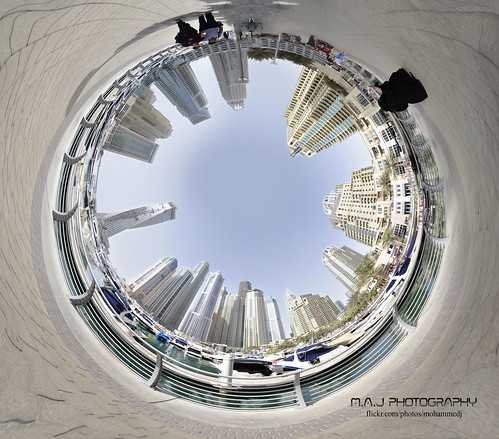Although most people think that taking a picture is just as simple as pointing and shooting, there really is an art form to it. Typically, your photos never look quite as good as you imagined they would. However, once you learn the proper techniques, it really is simple to take great pictures.
In the scene before you, frame a select part of it to create a good composition. Imagine your camera is a tiny window focused in on just one component of your subject. Do not try showing too much. A series of photographs taken in succession which lack a focus on a single subject create a story, or a general impression of a scene.
A dSLR is crucial if you are intent on taking good pictures. The acronym DSLR stands for digital single lens reflex. This type of camera is the best choice because it allows you to see your image immediately after you have taken the picture. Full frame DSLR cameras will provide the largest image sensor, enabling you to capture extremely detailed photographs.
Create depth when you shoot landscapes. Place an object or person in your image’s foreground to provide an understanding of the scale of your photo. You can increase the overall sharpness of your picture by using a small aperture set appropriately for the type of camera you are using.
People often believe that bright, sunny days are perfect for taking pictures. However, you are almost guaranteed to get flawed images if you take your shots in the direct glare of the sun. Bright sunlight is harsh in photos, causing glare, squinting, poor shadows and overly washed-out light colors. If you want to take photographs outdoors, it’s far better to do so just before sunrise or near sunset so that the sun’s light won’t interfere with your photograph.
The majority of digital cameras now come with a feature that automatically uses the flash whenever the area you are photographing is too dim. Auto-flash is great for amateur photographs, but for a cleaner more professional look you should have an external unit with a broader range for your camera flash. Be sure that your camera can take an external flash component and get one that fits it from a camera store.
Be sure to shoot your photographs without any hesitation, to ensure you get a picture that you will be happy with. You will not know if that opportunity will ever present itself to you again, so get the shot! The moment can be gone when smiles get weary, children and pets get restless, or the scene changes. Don’t risk missing a great shot because you’re worried about getting all the settings on your camera correct.
Whether looking at a natural scene or one you have set up, including repetitious patterns will give a rhythm to the photo and add interest. Any sort of pattern draws the eye to that part of the shot, which makes your photo more appealing. They also make visually interesting backgrounds for other subjects.
Resist the temptation to maximize the number of available shots you can get on one digital card; instead choose settings that will allow a far greater quality for output printing. If you do not plan to print your pictures and will only view them on your computer, it is acceptable to shoot images in lower resolution.
At times you might have found that your pictures were not quite what you wanted them to be. By following the advice above, you can avoid this situation. The information below gives you some great tips to take pictures that you’ll want everyone to see.
